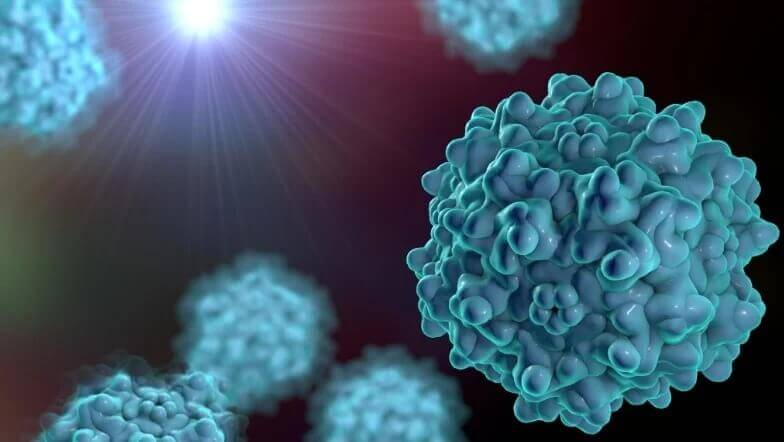Latest trends in Retinal Organoids: Scientific chat with Dr Valeria Chichagova
We interviewed our Associate Director of iPSC Technology, Dr Valeria Chichagova about their latest publication in the Journal of Cellular and Molecular Medicine titled 'Incorporating microglia-like cells in human induced pluripotent stem cell-derived retinal organoids' and what this means for in vitro modelling of the retina.

What is the main advantage of having microglia in the neural retina model?
First of all, incorporating microglial cells improves physiological relevance of the current iPSC-derived retinal organoid model and brings it one step closer to the in vivo retina. Presence of the immune component in our retina model expands the range of applications it can be used for. Increasing evidence points towards the role of microglia in many retinal diseases. With this advanced model, we will be able to study microglial involvement in retinal neurodegenerative diseases better and potentially look at different targets for treatment.
The immune component is a hot topic in gene therapy, especially as it has been shown that some types of vectors and delivery modes trigger ocular inflammation. An immunocompetent model of the retina could serve as a test platform for new vectors and their effect on inflammatory response.
What could this model be used for?
This model, with further development, would be very useful for studying diseases where microglia has been shown to be implicated, such as age-related macular degeneration (AMD), retinitis pigmentosa (RP) and diabetic retinopathy.
Retinal microglia cells are increasingly being used as a target for AAV gene therapies; in addition, AAV therapies themselves have been shown to induce neuroinflammation. Having microglia as part of retinal organoids would provide additional insights into the mechanisms of the immune responses to gene therapies, and in other cases serve as a target for potential therapies.
What was your rationale behind the work?
There are currently no adequate in vitro models that specifically allow the study of the interaction of neural retinal cells and microglia. The rationale was to improve our retinal organoids further thereby expanding their applications.
What were the most exciting findings during the course of this work?
Mostly, the fact that we were able to incorporate microglial cells into the retinal organoids at all! When we first started this work, we tested incorporating microglia into the organoids at different stages of organoid development and at different stages of microglial cell maturation which was not always successful. We then referred back to what is known about the timing of microglial infiltration of the developing human retina and found that they migrate into the eye between 6 and 17 weeks of gestation. Therefore, we added the microglial cells to retinal organoids after 13 weeks in culture, to mimic this developmental timeline. This hypothesis worked and that was exciting.
We also didn’t know how adding microglial cells to the organoids would affect them. Would they affect their function or structure, or cellular composition? Fortunately, we demonstrated that the microglial cells did not negatively affect the organoids. We would now like to show that they in fact improve them. We hope to demonstrate the improvement of the structure and the organisation of certain cell types, particularly those in the inner nuclear layer, which would lead to improved functional output.
What’s next for this model?
This proof-of-concept study showed that we can generate microglial cells and incorporate them into retinal organoids. However, this is just the beginning. We now need to go one step further and demonstrate their use in a number of applications. For example, we would like to look at disease models with microglia, or whether our model can mimic the immune response to gene therapies. We would very much like to work in partnership on these proposed projects. Collaborations are very important to us as input from users helps shape our R&D efforts to ensure the model is both functional and is fit for purpose.
The full publication can be found here on our website
If anyone is interested in collaborating with us on these developments, please contact us
ContactShare on social media:
Don't miss out on our latest innovations: follow us on Linkedin




